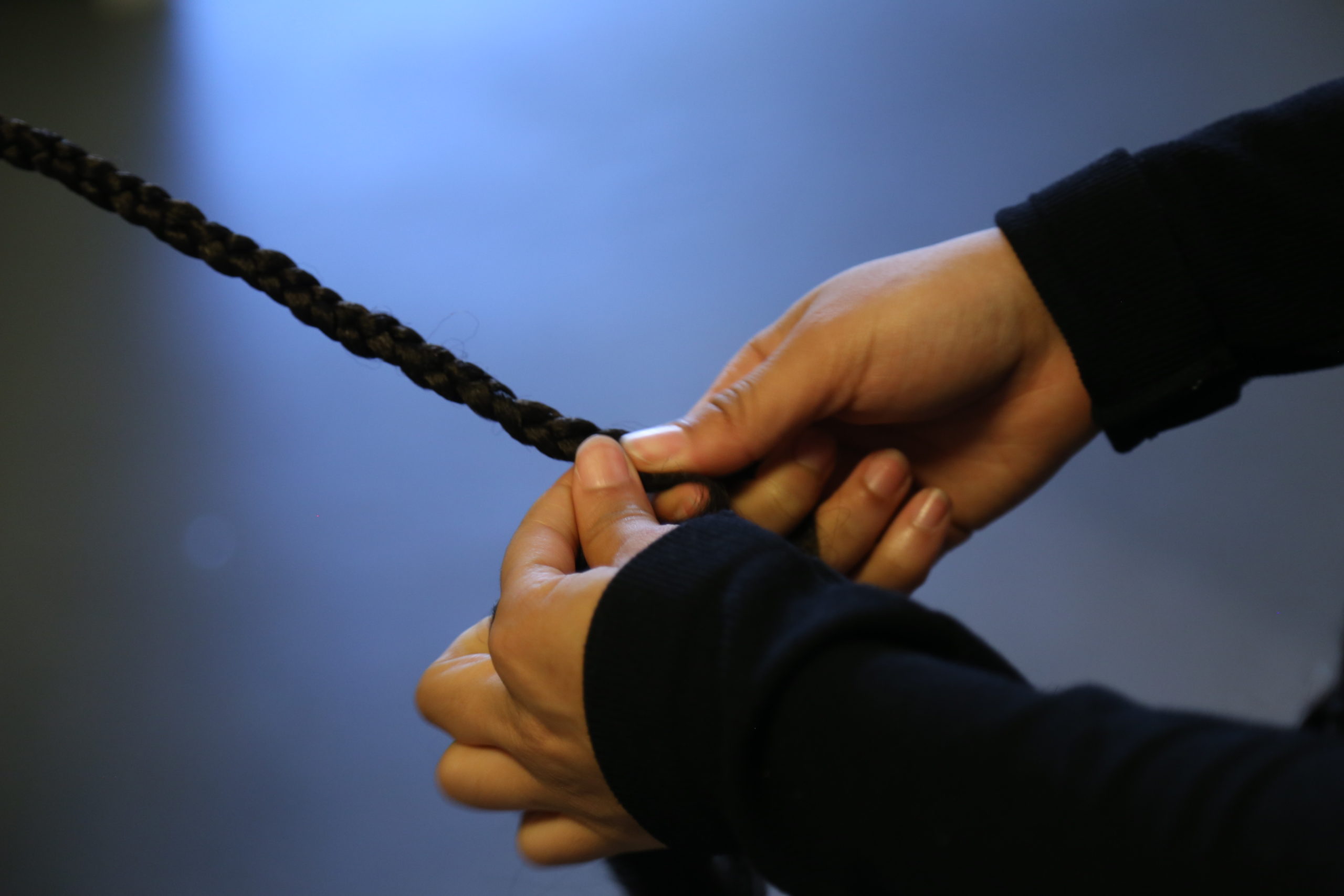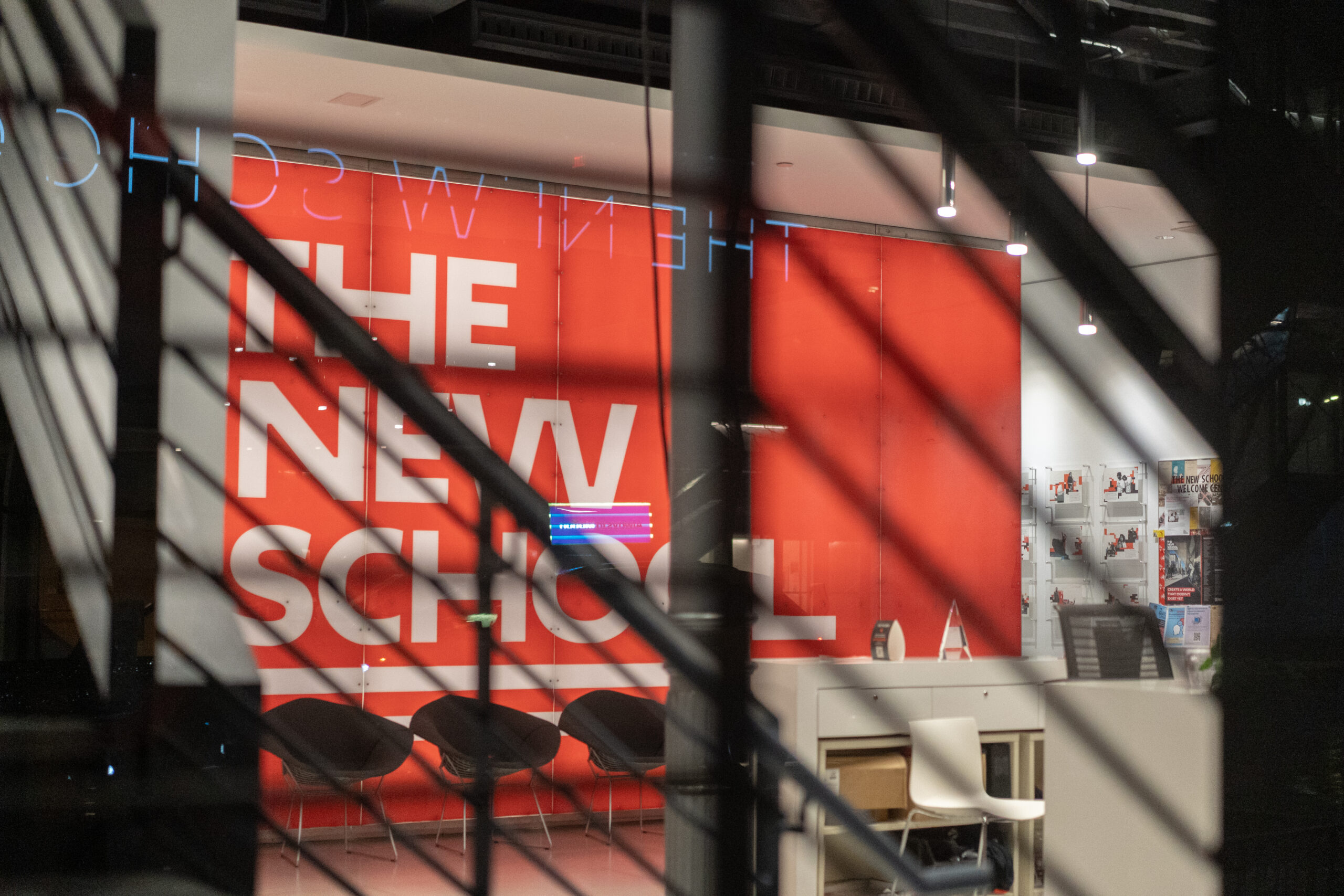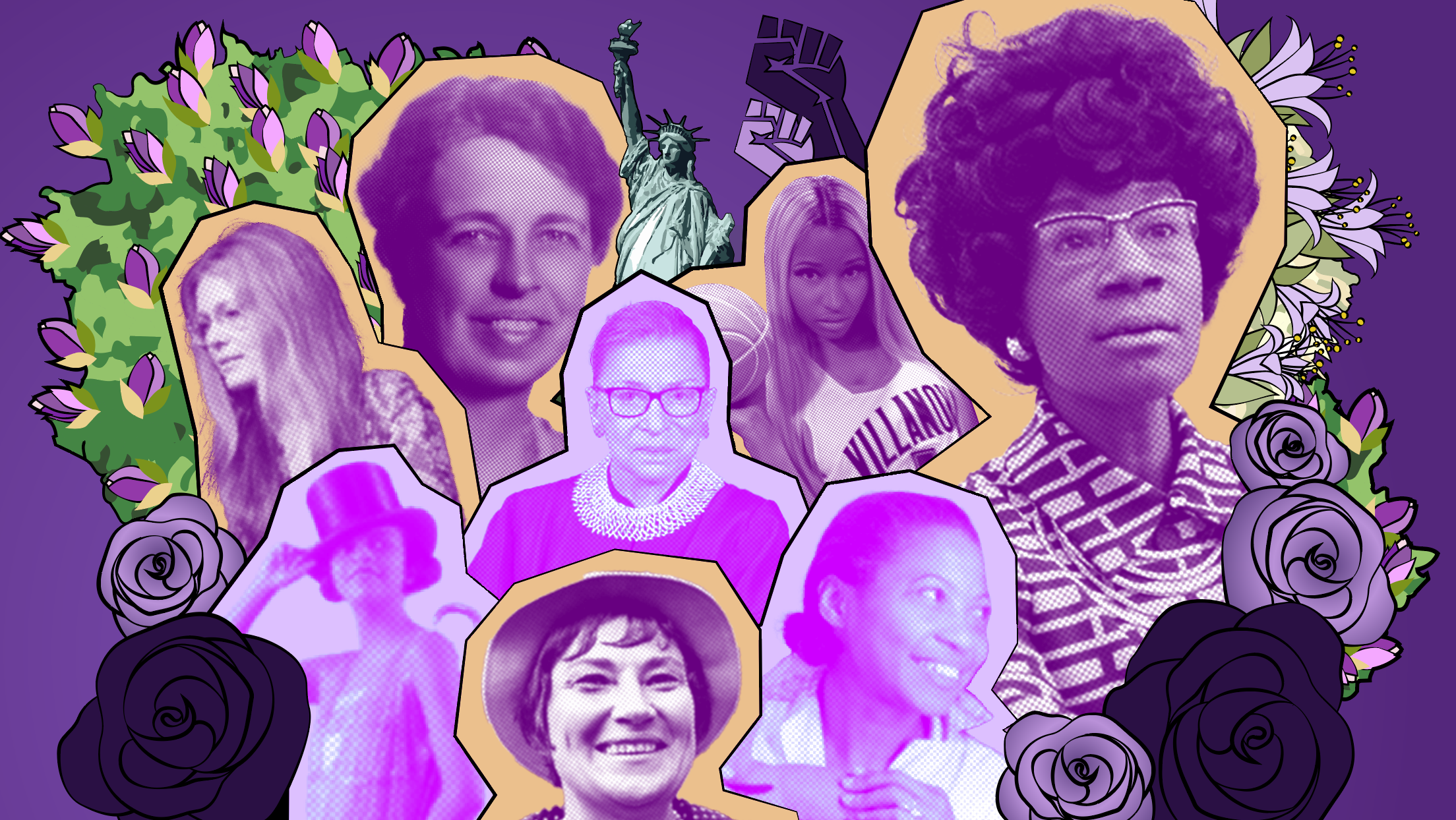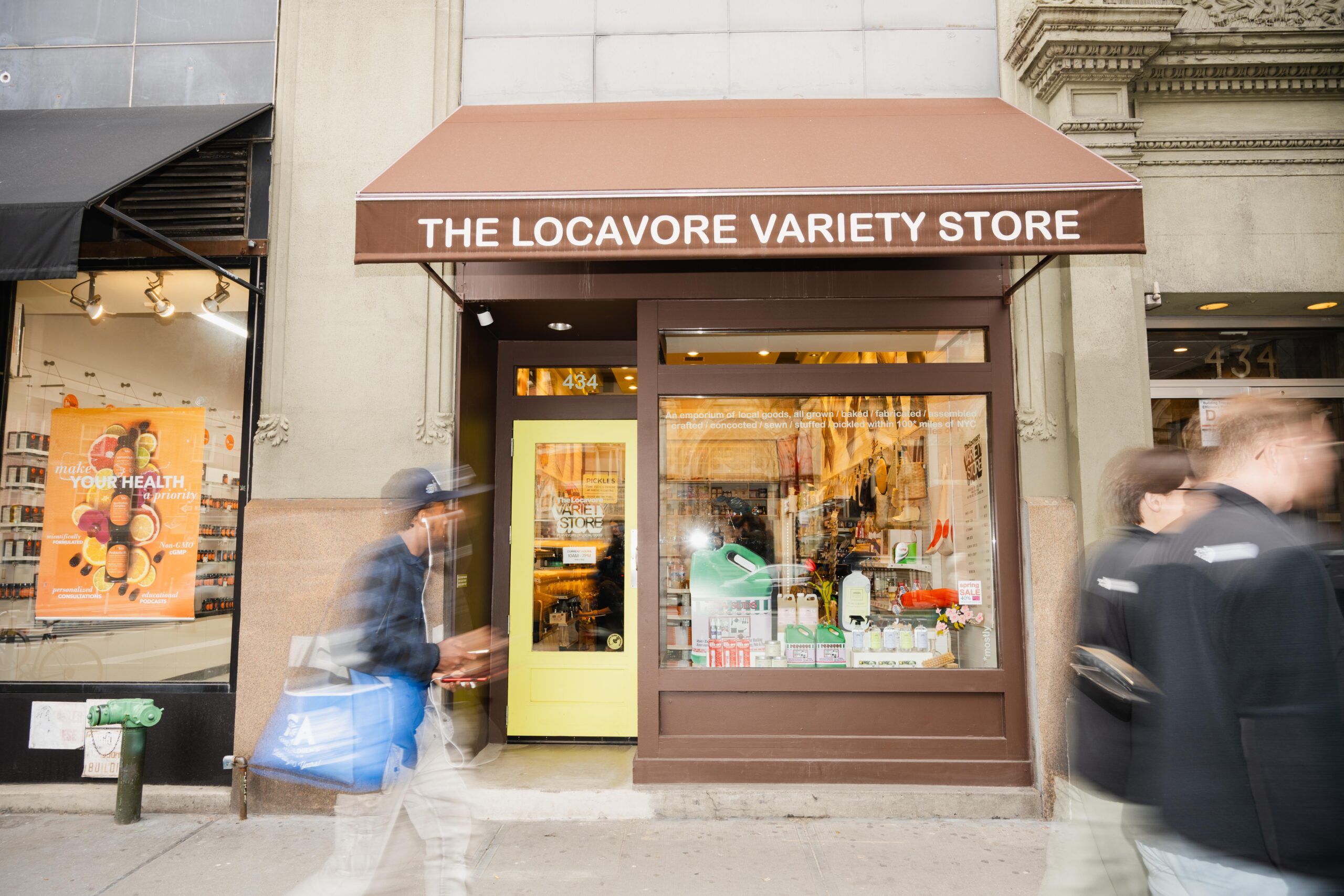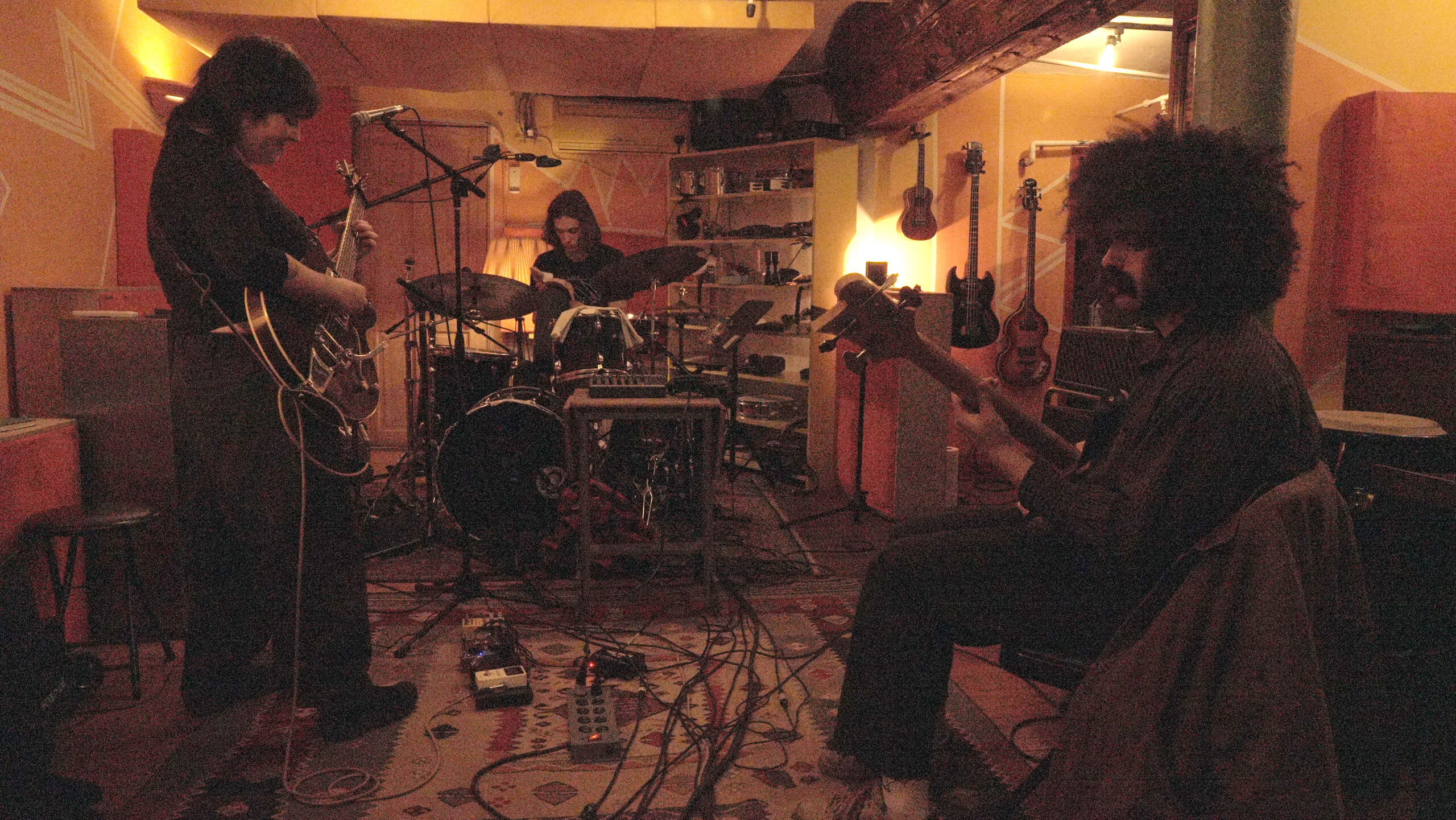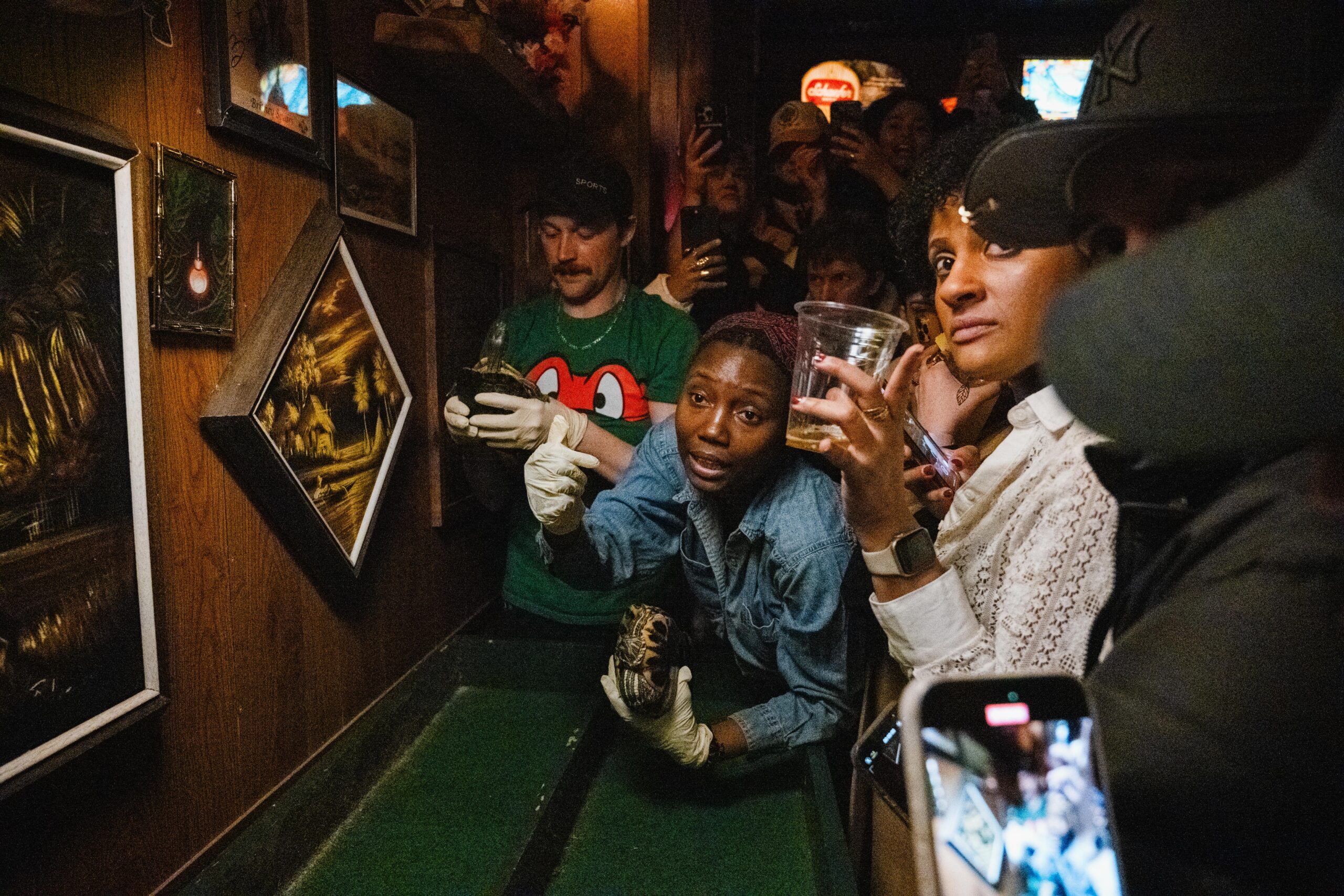Inside the walls of Kerrey Hall on the 13th floor, New School student Ahmrii Johnson took out a pack of Kanekalon braiding hair and measured it against the dreadlocks of her client. After the measurement, she took a portion of the braiding hair and wrapped around one of her client’s locs. She dipped four fingers inside her Eco Styling Gel and smoothed it against the braiding hair to start her 10 long-hour process of hair braiding.
As a second-year fashion design student at Parsons, Johnson has created her own hair braiding, where she offers her services to students and customers around campus.

The National Center for Education Statistics reports that Black students make up five percent of the student body at the New School. In response to this, Johnson said her business helps her share her culture in a predominately non-Black institution.
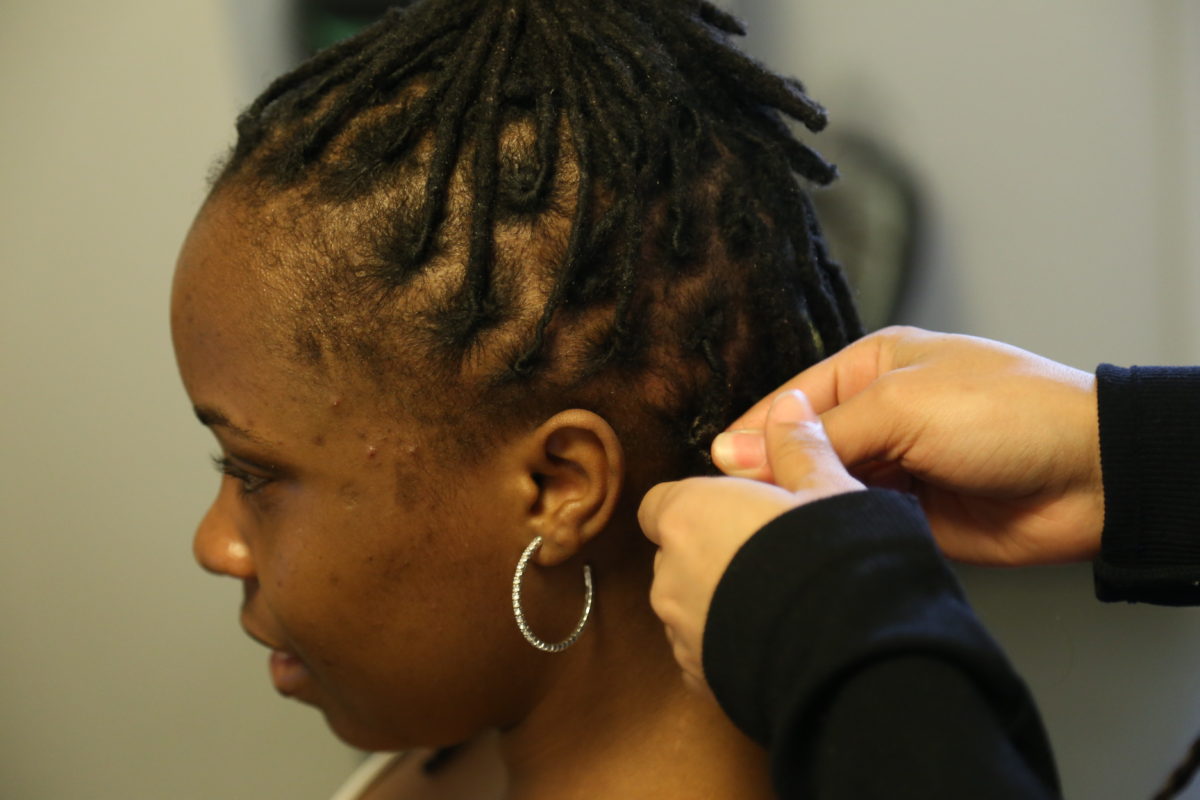
“There’s so many girls who don’t know how to take care of their hair. They don’t know how to braid or twist anything like that. Being able to share that knowledge with them is really important to me. It makes me feel like I’m doing my part in keeping that culture sustainable,” said Johnson.
Although Johnson now finds pride in braiding Black hair, this wasn’t always the case. Johnson grew up in Lakeland, Florida, a city that was 70 percent white in 2019, the Bahamian-American said she felt uncomfortable with her hair’s appearance in elementary school.
“All my friends were white, or mixed or just anything with loose, curly hair or straight hair. I would always find myself comparing my hair and my appearance to them,“ said Johnson, 19. “That is the colonized mind and Western ideals of beauty. That’s what frustrated me and gave me those insecurities about my hair.”
With her natural hair compressed with a hot comb, it wasn’t until eighth grade when Johnson started to admire the hair of Black women through the Natural Hair movement. This led her to transition to braids as a first-step to loving her natural hair. After getting her braids done, she found no reason to pay $50 again for another session and began to teach herself instead.
“I just watched how the hair unraveled as you took it out, and I just reversed it. After that is when I started looking at YouTube tutorials for other styles,” said Johnson.
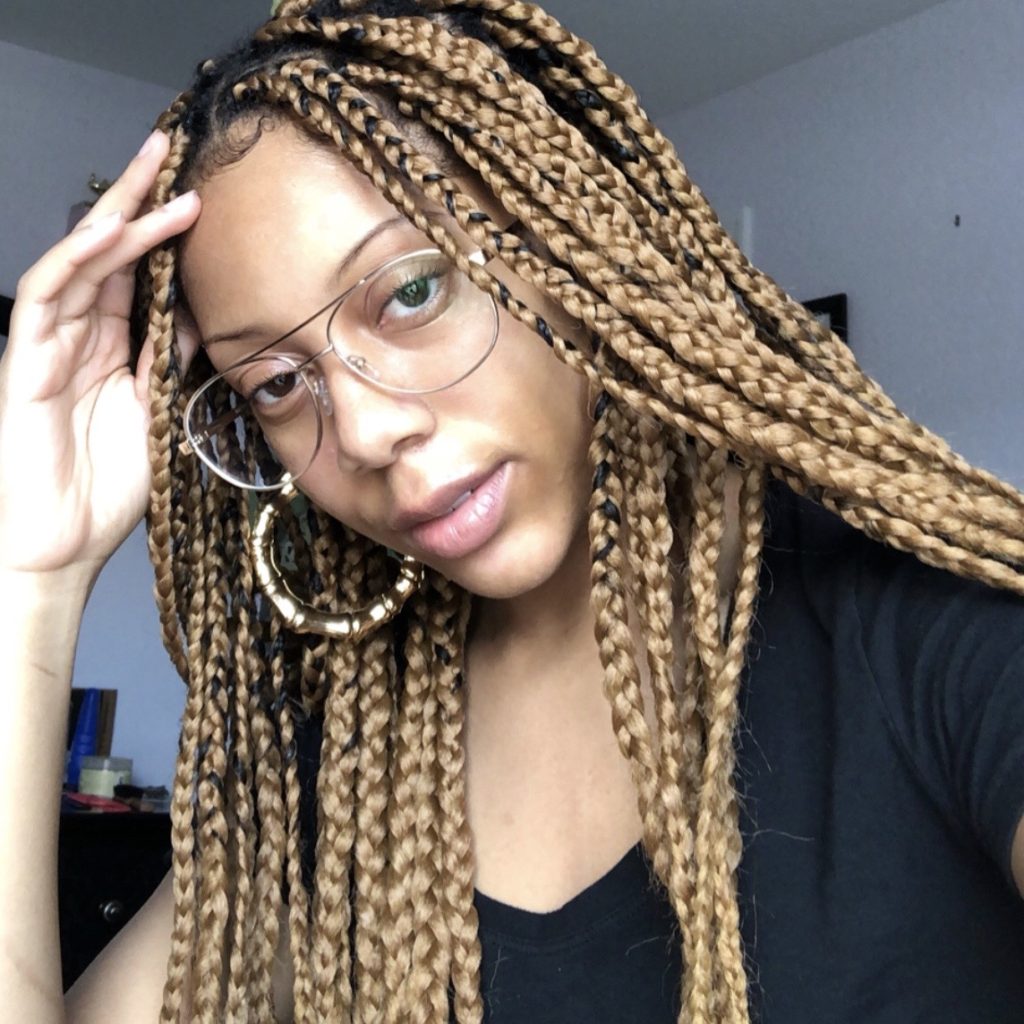
Throughout her high school years and the beginning of college, she braided the hair of other people. The idea of starting a business resonated with her, but it wasn’t until this semester when a friend encouraged her to start a business. Now encouraged, she began to decide on how much she would charge clients as well as creating graphics to promote the upcoming business. With the graphics completed, she first posted her rates through her Instagram in February. Clients then began directly messaging her asking if she could braid their hair after seeing her rates. These were the first clients of her newly-established business, which has grown to include nearly a dozen clients.
Johnson uses social media and word of mouth recommendations to meet clients. She would use days she didn’t have class: Mondays and Wednesdays, and at times in-class days to braid hair whenever she was contacted for an appointment.
Before attending a session, she asks potential clients what style they want and offers a price depending on the length and style of the hair. She then tells her clients to provide braiding hair and gives them recommendations of beauty supply stores where they can obtain it.
When she meets her clients, she brings her parting comb and styling gel. As she sits her client down, she begins to section the hair.

“I usually put it in fours, half horizontally and half vertically. Then I go in and part it each square, depending on what size they want. Then I wrap it around the natural hair and you just start braiding,” said Johnson. “It’s like a ceremony, a very informal but still secret ceremony. That person is trusting you to take care of an integral part of them.”
With the coronavirus outbreak and the New School transitioning to remote learning, Johnson had to cancel all future appointments and fly back to Florida. As she spends her days at home being quarantined, Johnson has been working on new graphics and business strategies for when she returns to hair braiding in the fall if the outbreak calms down.
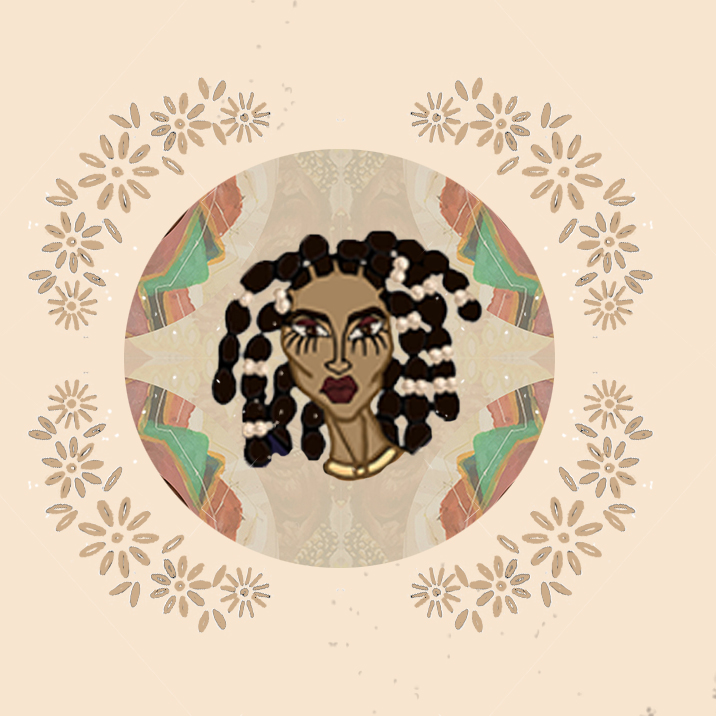
One of her anticipated business strategies is expanding her online platform. She hopes that her business becomes a way for Black women to learn about the significance of their hair.
“Not only love but just be confident in the knowledge of the hair. The knowledge of where the hair comes from and why these styles matter, what they’re created for, and how that’s translated to today as a statement of pride and then where we’ve come from that.”

